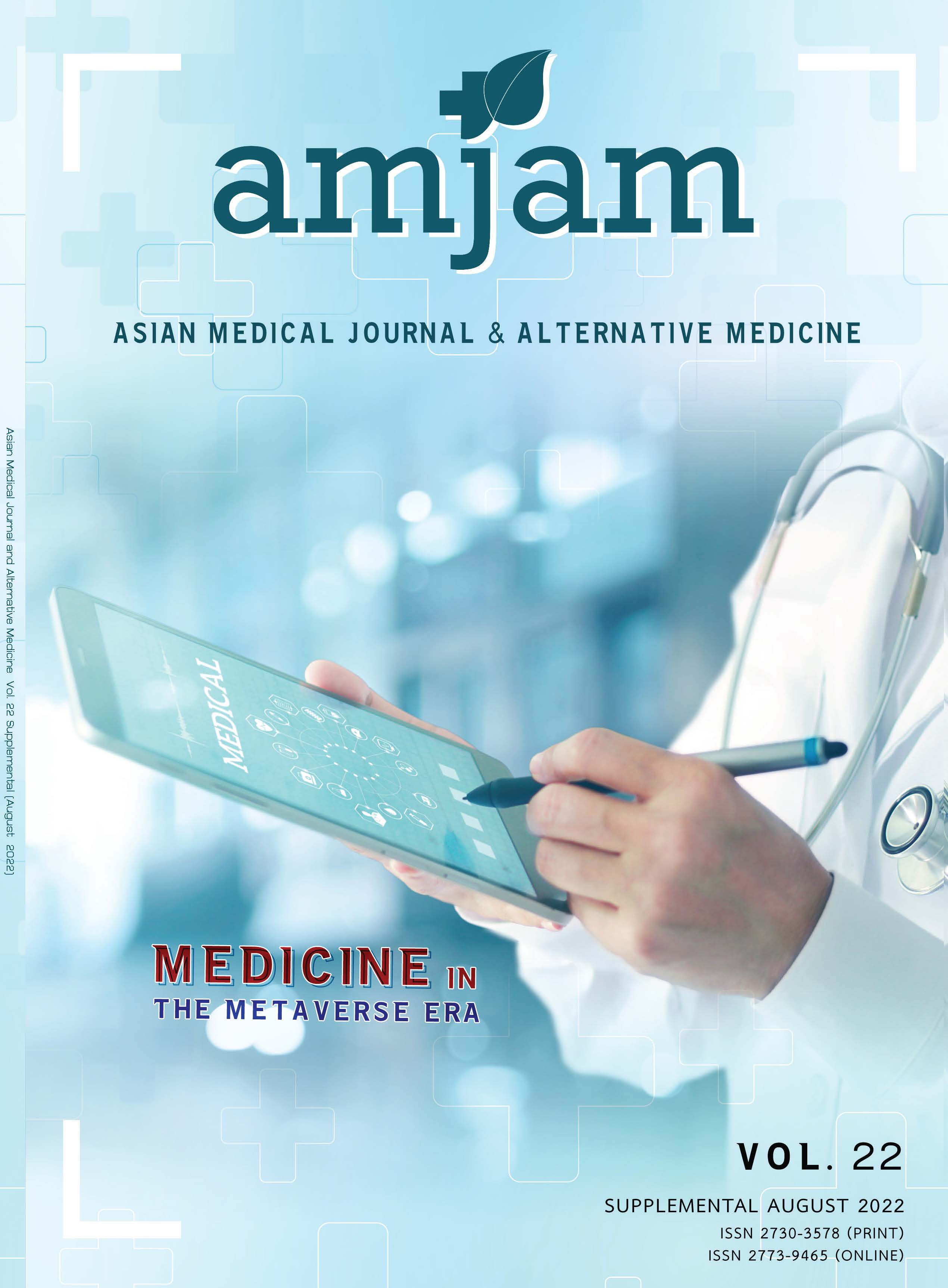Diarylheptanoid from Curcuma comosa Increases Osteoblast Differentiation Ability of Human Umbilical Cord-derived Mesenchymal Stem Cells
Keywords:
Diarylheptanoid, Curcuma comosa, Umbilical cord-derived mesenchymal stem cell, Osteogenic differentiation, Degenerative diseaseAbstract
Introduction: Mesenchymal stromal cells (MSCs) have shown a promise in the treatment of degenerative diseases. Recently, human umbilical cord-derived MSCs (hUC-MSCs) have attracted more interests because they can be easily obtained by a non-invasive procedure. hUC-MSCs can differentiate into osteoblasts in like MSCs derived from bone marrow (BM-MSCs). However, the ability is inefficient when compared with BM-MSCs. Therefore, efforts to increase the osteogenic potential of UC-MScs would be a significant step forward in regenerative medicine.
Objectives: We examined the osteogenic effect of a diarylheptanoid, 7-(3, 4-dihydroxy-phenyl)-5-hydroxy-1-phenyl-(1E)-1-heptene from Curcuma comosa (compound 092) on hUC-MSCs.
Methods: Mesenchymal stem cells were isolated from full-term normal human umbilical cords and were characterized by evaluation MSC positive protein markers on cell surface and differentiation abilities into osteoblast and adipocytes before using. The effect of compound 092 on osteogenic differentiation and mineralization on hUC-MSCs were determined by alkaline phosphatase (ALP) and alizarin red s staining.
Results: We found that hUC-MSCs generated in this study fulfilled all the requirements of MSC criteria set by the International Society of Cellular Therapy. Compound 092 treatment at 1 - 10 μM for 24 h had no cytotoxic effect on hUC-MSCs Further, compound 092 enhanced osteogenic differentiation, and bone mineralization.
Conclusions: Compound 092 was shown for the first time to promote hUC-MSCs differentiate into osteoblasts. Diarylheptanoid from Curcuma comosa appears to be a promising new agent for improving osteogenic differentiation capability of hUC-MSCs and for use in stem cell-based bone regeneration therapy.
Downloads
Downloads
Published
How to Cite
Issue
Section
License

This work is licensed under a Creative Commons Attribution-NonCommercial-NoDerivatives 4.0 International License.



